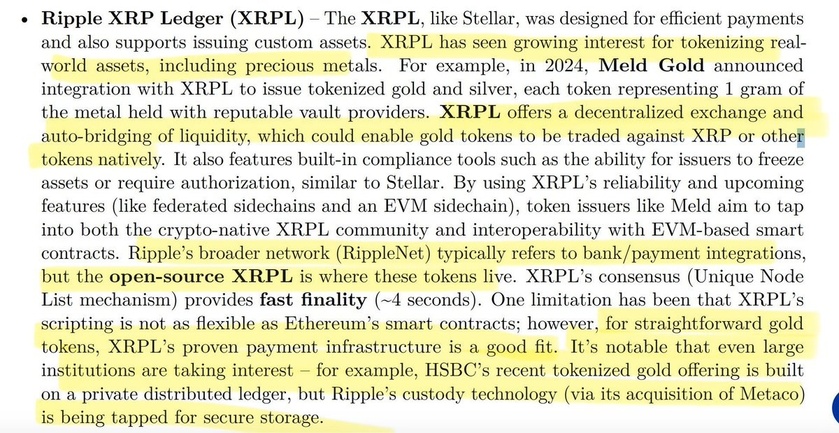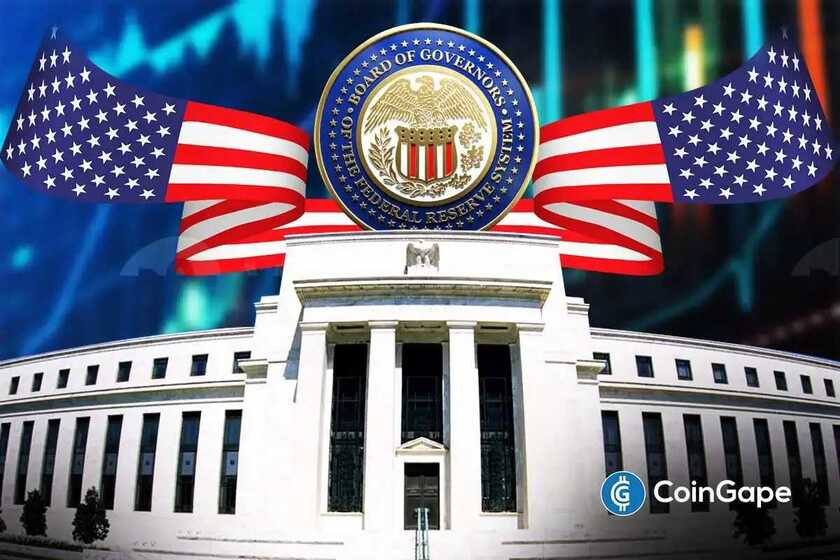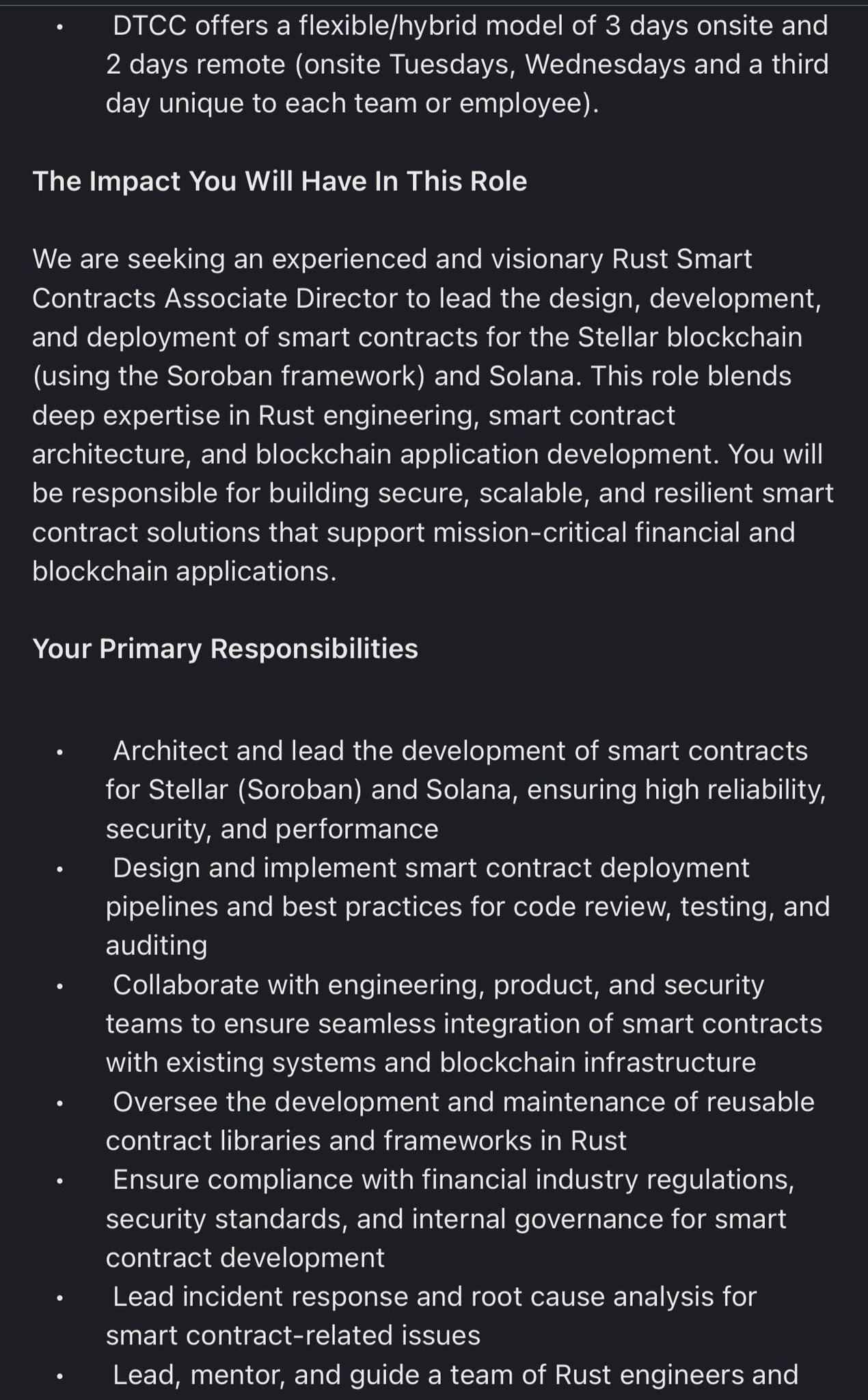💥RIPPLE: Pioneering Sustainability Technologies with Crypto and Blockchain💥
Ripple’s annual Swell conference took place November 16-17 in London, drawing more than 500 customers, partners, financial institutions, investors and global crypto stakeholders. A wide variety of panels and keynotes were presented during the two-day event, providing insights and trends on a range of topics, including Central Bank Digital Currencies (CBDCs), the tokenization of real-world assets (RWAs), the future of the internet, financial inclusion, sustainability, carbon markets and more.
The overarching theme of this year’s Swell was focused on how blockchain and crypto solutions for business are driving real-world value across industries and use cases. Needless to say, our audience did not expect to hear about carbon-infused concrete or sustainable consumer products derived from burping cows. And yet, they did.
Mark Herrema, CEO of Newlight, and Reilly O’Hara, leading carbon finance partnerships and post-sales operations at CarbonCure Technologies, shared the stage in a fascinating panel moderated by Ripple’s SVP of Social Impact and Sustainability, Ken Weber, to explain how blockchain is a powerful tool for their businesses and how it can improve the transparency, accountability and traceability of greenhouse gas emissions to support global climate goals.
Let’s dive into some of the key highlights and takeaways from industry experts.
Concrete and Burping Cows
What’s inspiring a new generation of entrepreneurs to pioneer frontier technologies to fight climate change?
For Mark Herrema, CEO of Newlight, it all started with a news article on cows’ responsibility in greenhouse gas emissions. Inspired by the 600L of methane that dairy cows burp daily, he asked: if trees pull carbon out of the atmosphere to make new leaves, and coral reefs pull carbon from seawater to grow, could Newlight harness nature’s own technology to make biomaterials from various sources of greenhouse gas?
After a decade of research and development, Newlight is now able to reproduce the natural process perfected by microorganisms in oceans and other ecosystems to turn greenhouse gasses into PHB, or Aircarbon – a meltable and malleable material that can be used to create a biodegradable carbon-negative material instead of plastic or leather. Newlight’s multi-patented technology is currently used to make reusable, plastic-free, regenerative foodware, starting with drinking straws and cutlery. Other use cases for Aircarbon include carbon-negative apparel, including sunglasses and alternative leather goods.
CarbonCure is taking on one of the most important challenges in the transition to a lower carbon world: how to reduce the carbon footprint associated with manufacturing concrete—the most widely consumed product in the world—responsible for about 7% of global greenhouse gasses. If concrete were a nation, it would be the 3rd largest emitter in the world.
CarbonCure’s suite of technologies inject CO2 into concrete during the production process, where it immediately mineralizes into rock. In addition to sequestering carbon, this carbon mineralization strengthens the concrete and enables a reduction in cement, producing the same high-quality concrete with a reduced carbon footprint. CarbonCure’s technologies are currently being used in hundreds of concrete production plants across 30 countries and have generated over 230,000 tons of CO2 savings to date.
Blockchain as a Value Added Business Tool
How does blockchain—an immutable, transparent public ledger that records data—create measurable business value?
For CarbonCure, the process of measurement, reporting and verification (MRV) is critical to creating unimpeachable confidence in its technologies and impact on the earth’s climate. CarbonCure is committed to providing visibility into the entire measurement process to its stakeholders, including carbon credit buyers. “Stakeholders need to know where the CO2 comes from, how it was transported to the plant, how much was injected, etc.” says Reilly O’Hara. “It’s about capturing that data efficiently, storing it in an immutable way, and surfacing it for the buyer. Blockchain is one of, if not the, most elegant solutions for solving this.”
CarbonCure anticipates a coming wave of innovation in the MRV space, leveraging the capabilities of blockchain along with other potentially transformative new technologies, such as remote sensing/IoT, satellite imaging and machine learning/AI. Meanwhile, as the company continues to scale and add more plants to its portfolio, blockchain has emerged as a vital infrastructure asset for CarbonCure to capture, store and surface all its data.
Similarly, Newlight relies on blockchain technology to capture and surface MRV data. Newlight first started using blockchain technology in 2017, since blockchain offers a trusted, verifiable, and immutable solution to record and track the third-party verified carbon footprint of its material and products.
CarbonCure and Newlight leverage blockchain to capture and surface monitoring and reporting data in a fully transparent way, instilling higher levels of trust and confidence in the verification process. Reilly O’Hara is excited about blockchain’s growing role: “What we would love to see and be able to plug our data into is a constant public ledger that shows every single credit that we’ve generated, attributes of that credit, who we sold it to and when it was retired. Blockchain offers an incredible opportunity to be that central place.”
Blockchain Can Scale the Voluntary Carbon Market
Both Newlight and Carboncure are working to generate carbon credits—certificates that represent one metric-tonne of greenhouse gas that has been reduced or removed from the atmosphere. These credits can be purchased by corporations and institutional buyers looking to offset their remaining emissions, which in turn provides direct funding to scale climate companies’ operations.
Mark Herrema from Newlight points out that not all credits are created equal. A carbon credit generated from converted carbon emissions on a verified basis is different from a project that is not verified or has little or no proof of additional, durable and measurable carbon removal or emissions avoidance. Accordingly, these credits should not be priced in the same way.
Mark sees a future in which carbon offsets are less commoditized, more differentiated and value added.“Just like you have this massive differentiation between stocks, you also have that in carbon reductions,” he explained. “One of the things that we find very important about blockchain, and specifically the XRP Ledger, is the ability to differentiate and have an individuated value for carbon credits. I think that is something that’s important to developing the carbon market.”
The Future of Carbon Markets
These climate tech entrepreneurs place a growing emphasis on the importance of moving away from low-quality carbon credits and towards higher-quality, permanent, verifiable carbon credits, such as those generated by their respective companies’ cutting edge technologies. CarbonCure’s Reilly O’Hara explained, “I think that’s where Ripple has really emerged as a leader. But 50 gigatons means that we need 10, 50, 100 Ripples and they need to be investing in ten thousand CarbonCures and Newlights. It’s going to take big bets and investing so that by 2030-2050, these technologies are off the bench and removing carbon from the atmosphere at full scale.”
As a global sustainability leader and a first-mover in deploying blockchain and crypto technology to fight climate change, Ripple has committed $100 million to scaling voluntary carbon markets. Ripple’s funding will accelerate carbon removal activity and help modernize and scale carbon markets through investments in innovative carbon removal companies and climate-focused fintechs.
Ripple is also building a portfolio of additive, long-term, nature and science-based carbon credits, some of which will be used to meet Ripple’s commitment to achieving net-zero by 2030 or sooner. In addition, the funding will continue to support new functionality and developer tools that enable carbon credit tokenization as non-fungible and semi-fungible tokens (NFTs) on the XRP Ledger (XRPL). This flagship commitment will help accelerate progress towards globally agreed climate goals to limit global temperature rise to 1.5 degrees Celsius.





























